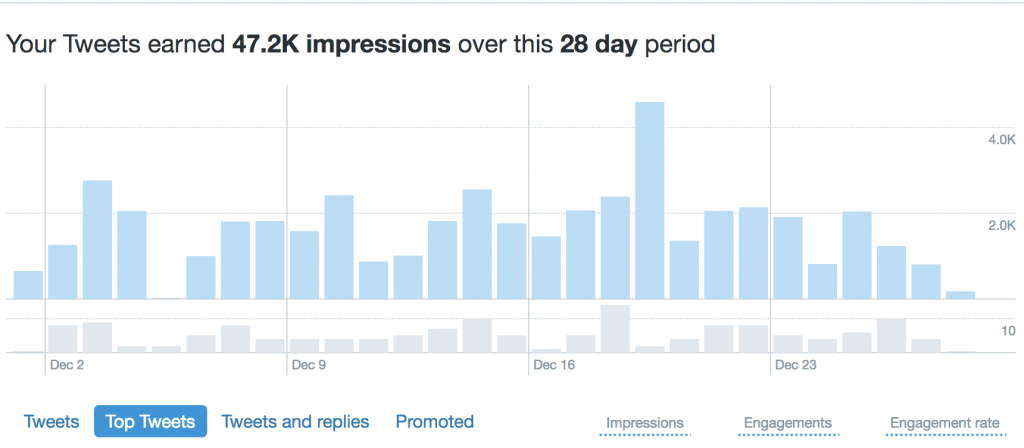Social Media Communication in the Workplace
If you were starting your career in the 1980s or 90s, few people outside of the company would read your writing. Thanks to email, messaging tools like Slack and social media, however, it’s normal for even very new employees to communicate with clients, often with very little time for revision. It’s still unfortunately common for small companies to assume that young employees must know something about social media and assign them the responsibility of managing the company’s entire social media platforms. That means that hundreds of thousands of people could see the messages you create for social media. Obviously, the stakes are very high.
Social media fulfills many roles within an organization’s communications plan, including:
- Marketing
- Responding to customer questions and complaints.
- Recruiting potential employees
- Getting new leads on clients.
- Learning about new advancements in your field.
- Communicating with other companies and experts.
While social media marketing is outside of the scope of this textbook, social media can teach us a lot about how the communication fundamentals you’ve been exploring in this course are applicable in multiple contexts. Our goal with this chapter is not to teach you how to use social media, but to invite you to bring together multiple elements we’ve learned this semester. We’ll ask more questions than we answer.
Social Media Communication in the Workplace
Many people, especially older people, see social media as a world apart from their other communication efforts. But the basic of communication still apply. Let’s take a look at social media through the lens of one of the communication models we studied in Chapter 3.
You’ll recall that according to this model, a communicator should consider the context, message, audience and purpose of their communication before creating the product.
Context: One of the challenges of communicating online is that each platform has its own context and this context is always changing. For example, a message on Twitter used to be less than 140 characters. Recently, however, that limit has been increased to 280 characters. It’s also become easier to integrate photos, GIFs, and other links, and to write “threads” by linking multiple tweets. This changes how communicators can effectively communicate.
Often, miscommunications occur because communicators don’t fully understand the context of each platform. For example, some communicators link their Twitter and Facebook accounts to save time, but because the message isn’t tailored to each account, the message might not be effectively received by the audience.
The best way to understand the context of the platform is to experiment. What works in one industry or for one company might not work for another.
Some of the factors to consider when understanding the context of each platform:
- Frequency of posting. For example, you can usually post more often on Twitter than you can on Facebook.
- Timing of posts: When is the best time to post so that the most people will see it?
- Use of amplification tools (hashtags, tagging, etc).
- Specialized language, such as inside jokes, acronyms, memes.
- Paid messages and advertising: How can your business pay to amplify your message?
Purpose
Often, companies feel that they “should” be on social media, but to be effective in social media, you must have a purpose. Before you embark on a social media campaign, you should ask yourself, “What real-world effects do I want to produce?” Or, put more simply, “How will this social media campaign make me money?”
Are you trying to meet new clients? Sell a particular product? Address a stereotype of misconception? Make a particular audience familiar with your product? Establish yourself as an expert in a particular area?
Your purpose will determine what platform you use, how you create your message, when you release your message, what amplification tools you’ll use, and much more.
Audience
Once you have determined your purpose, you can define your audience. Audience analysis is key to success online. Luckily, most platforms provide business communicators access to sophisticated analytics, which you can use to refine your social media approach. Here’s an example of the analytics Twitter offers, though external tools like Hootsuite will offer even more extensive insights.

*
Figure 15.1 Twitter Analytics You can also use Google Analytics to study how you’re able to use social media to achieve key goals.
Analytics gives you part of the package, but the other part comes from trial and error. Every company has a unique audience, and sometimes you’ll need to go against “best practices” to be successful. For example, social media consultants usually advise that you should post on a regular basis, but the social media team behind the NHL mascot Gritty often go weeks without posting, which adds to the mascot’s cool factor. As you can see, what works for Gritty likely does not work for any other NHL mascot.
Message
Your purpose and your audience will determine your message. For example, you might choose to use different visuals or text on different platforms. You might test different messages using A/B testings (showing two different messages to two different groups to see which one performs best). You might craft a series of messages to go out at different times. (You can use a scheduling tool like Hootsuite to automate this).
Product
Your context, message, audience and purpose will lead you to your product. On social media this usually consists of:
- What platforms you’re using.
- How the message will differ based on the platform.
- Visuals or video.
- Timing
- Frequency of the message
- Whether you’ve paid to promote or amplify a post.

